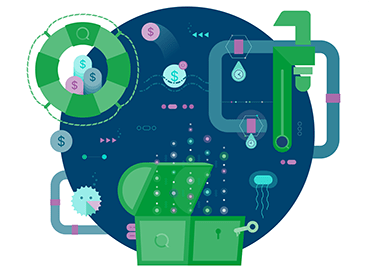Penske demonstrated a critical behavior that contributed greatly to the success of their AI project: rules before tools. Yes, there are many AI tools at your disposal, and many of them can help you drive trusted and meaningful insights. However, those tools are worth nada without robust, well-thought-out strategies and policies that inform their use. So, where to start?
As mentioned in Part 1, giving data governance and quality their due diligence is a crucial first step. Set the guidelines that influence the entire lifecycle of data, from creation to collection to storage to disposal, including who can access or use that data every step of the way. Chances are, there’s also legislation or regulations that determine how your industry addresses and executes data governance and privacy issues, so make sure your framework accounts for these and establishes clear oversight on ethics, methods of mitigating bias, and training.
From there, it’s important to make sure your plans for data and AI make sense for your company’s plans, then set goals that are relevant, measurable, and achievable. If you’re using GenAI, then maybe your metric is speed. If you’re deploying an agentic solution, perhaps it’s employee or customer satisfaction. Do you work in a highly regulated industry? Then compliance and auditability might reign supreme. Pick and choose which metrics matter the most and keep that list focused. Create too many targets and you risk missing all of them.
If you’re tasked with an AI initiative but don’t have a specific use case in mind, simply think of one process that could benefit from automation. Be honest. You thought of hundreds, didn’t you? Our recommendation: Focus on specific processes like insight generation or customer service. These incremental changes are an easier “sell” to stakeholders, ones that maximize return and positively change the way your business operates (versus changing your business entirely).
Plus, you’ll really be seen as a Data Leader when your people have the support to do more strategic, developmental work. Leave all the heavy, tactical stuff for AI to handle: real-time fraud detection, development of predictive models for IoT devices, automated credit approvals, and report generation.










